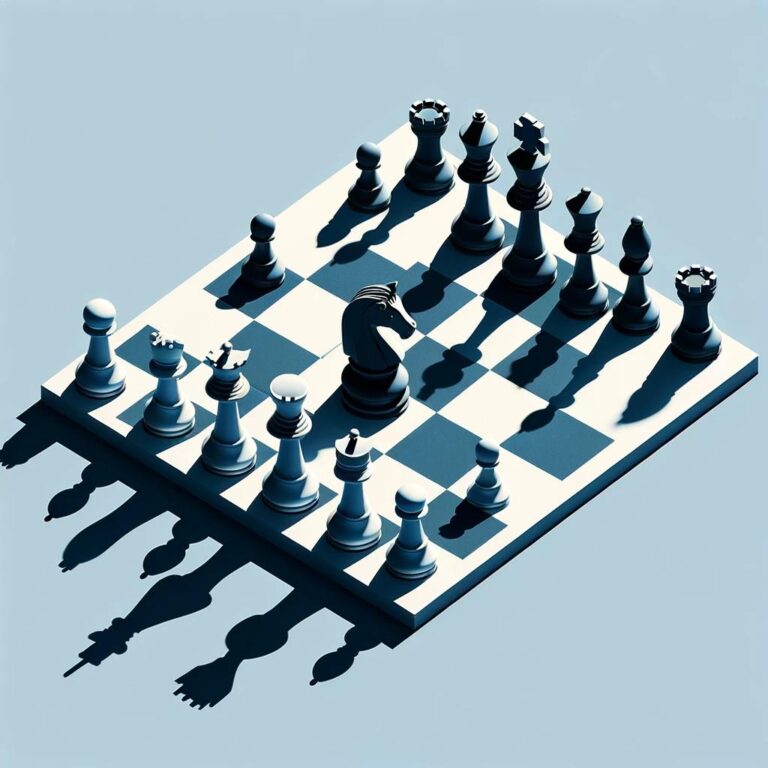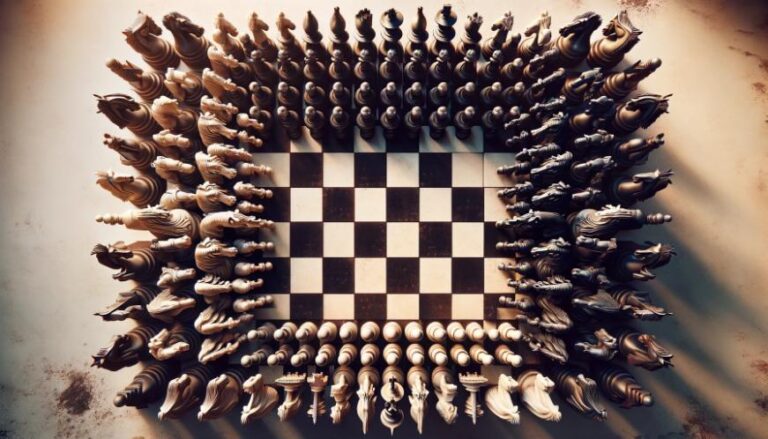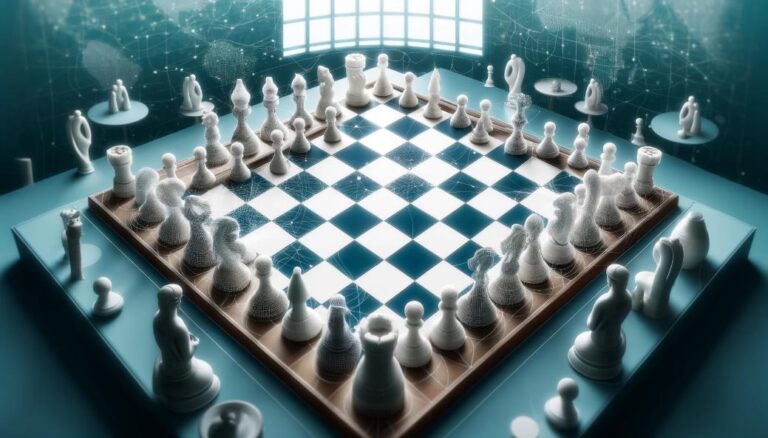Introduction to the ELO Rating System in Chess
The game of chess has long been regarded as a battle of wits and strategy, and with the advent of artificial intelligence (AI), it has opened up a new world of possibilities. One of the most intriguing aspects of chess is the ability to measure a player´s skill level, and this is where the ELO rating system comes into play. Developed by the Hungarian-American physicist Arpad Elo, the ELO rating system is a method for calculating the relative skill levels of players in games such as chess. In this section, we will delve into the history of the ELO rating system in chess and how it has evolved over the years.
The History of the ELO Rating System
The origins of the ELO rating system can be traced back to the mid-20th century when Arpad Elo, a chess enthusiast, was looking for a way to objectively measure the skill level of players. Elo was a highly accomplished physicist, and he applied his knowledge of statistics and probability to develop the ELO rating system. In 1960, the first official implementation of the ELO system was done for the United States Chess Federation (USCF), and it has since become the standard for rating chess players worldwide.
How the ELO Rating System Works
The basic premise of the ELO rating system is that each player has a numerical rating, which is determined by their performance in games against other players. When two players with different ratings play against each other, the system takes into account their rating difference and recalculates their ratings based on the outcome of the game. If a lower-rated player wins against a higher-rated player, their rating will increase more significantly than if they were to win against a lower-rated player. Conversely, if a higher-rated player wins against a lower-rated player, their rating will only increase marginally.
Use my FIDE Rating Calculator to calculate your performance or rating variation in specific tournament.
The Evolution of the ELO Rating System in Chess
Over the years, there have been several variations of the ELO rating system, with each iteration aiming to improve upon its predecessor. One of the most notable changes was the introduction of the K-factor, which is a constant that determines the impact of a single game on a player´s rating. Initially, the K-factor was set at 10, meaning that a player could gain or lose a maximum of 10 points in a single game. However, this was deemed too high, and it was lowered to 15 in 1981. Currently, the K-factor varies depending on a player´s rating and the number of games they have played, with higher-rated players having a lower K-factor.
Criticisms of the ELO Rating System
While the ELO rating system has been widely accepted and used in the chess community, it is not without its criticisms. One of the main criticisms is that the system penalizes players for losing against lower-rated opponents, which can discourage lower-rated players from playing against higher-rated opponents. There have been attempts to address this issue, such as using a different K-factor for games with a higher rating difference, but it remains a topic of debate.
Conclusion
The ELO rating system in chess has been an integral part of the game for over half a century. It has provided players with a way to objectively measure their skill level and track their progress. While it may have its criticisms, it continues to be the most widely used rating system in chess and has been adapted for various other games. With the continued advancement of AI, it will be interesting to see how the ELO rating system evolves and adapts to the ever-changing landscape of the game.







